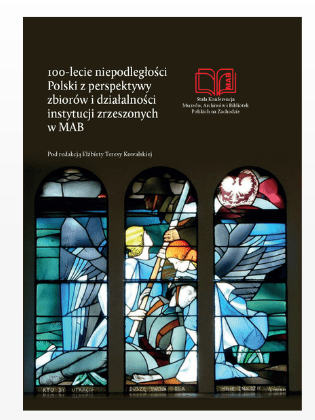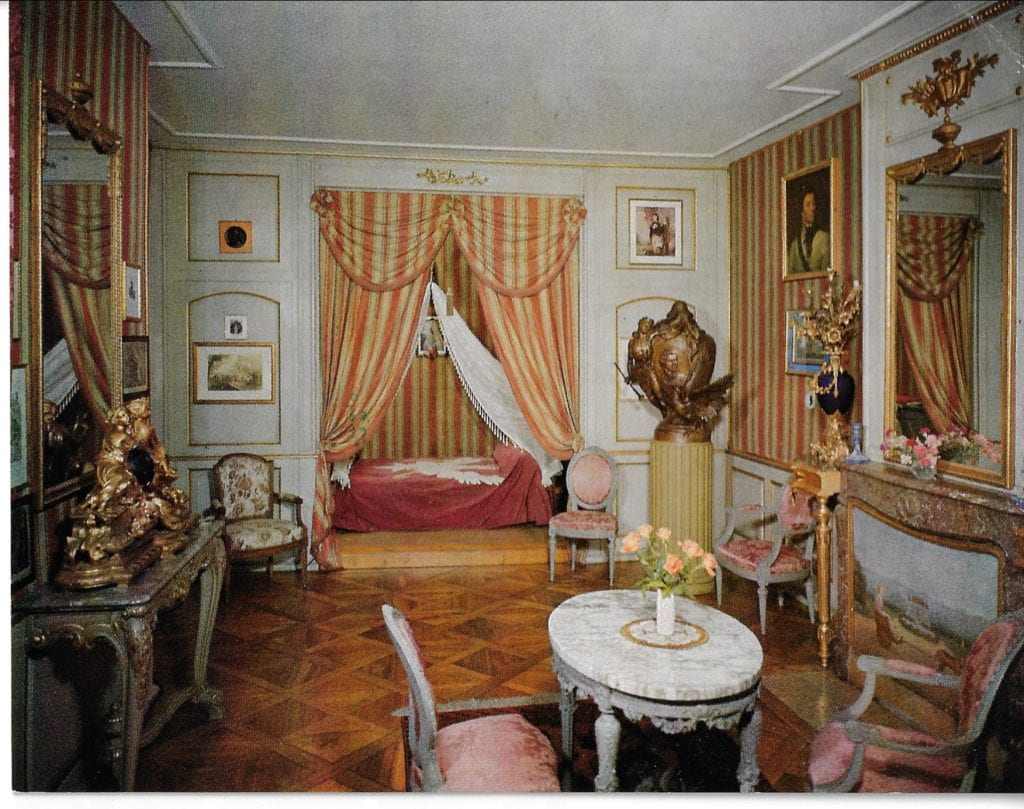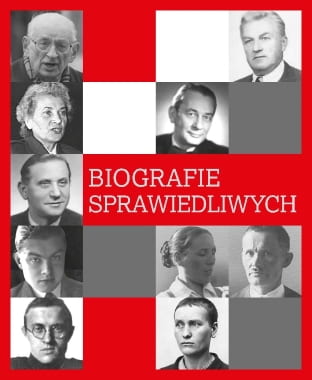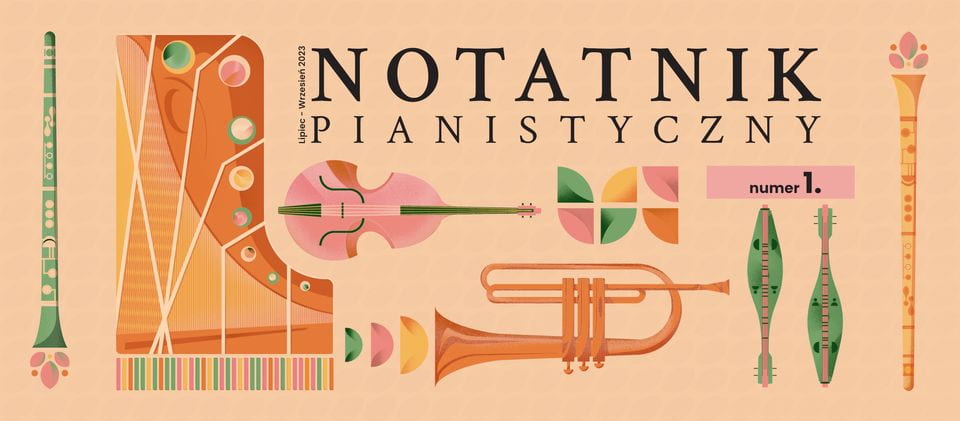Information Goldmine for Pianists!
Grzegorz Mania, a noted concert pianist, author, and President of Polish Chamber Musicians’ Association [SPMK], is a man of many ideas. His latest brainstorm was to start a brand new publication for pianists, called Notatnik pianistyczny [The Piano Notebook]. This quarterly publication covering the months of July through September came out a few weeks ago and, more recently, Maestro Mania presented its very first issue to the Polish Music Center. This periodical is available online at www.notatnikpianistyczny.pl) as well as in print format, and Dr. Mania’s gift will be added to the magazine section of the PMC library.
Perusing the physical copy, one is struck by the clearly practical, educational and historical orientation of this publication. The first section has excellent articles illustrated with musical examples (including fingering suggestions, phrasing, pedaling and more) for Beethoven’s Für Elise, Debussy’s First Arabesque and one of Mendelssohn’s Songs Without Words, authored respectively by Marek Szlezer, Agata Nowakowska-Gumiela, and Piotr Różański.
Turning pages, we find essays on how to approach performing from memory (by Marta Mołodyńska-Wheeler) and how to seek pleasure in playing piano (by Jadwiga Śmieszchalska). They are followed by reviews of selected recent recordings by Maria Wilczek-Krupa grouped under an intriguing title, Na co liczą słuchacze? [What the audiences count on?].
The Piano Notebook moves next to reviews of recent publications, including a volume on Music by Women Composers by Piotr Różański, Lang Lang’s Piano Method (Vol. 1-3), and two sets of piano albums with simple compositions for beginners (Piątki na fortepian by Krystyna Gowik and Lubię grać na fortepianie, vol. 2 & 3 by Piotr Dylewski).

Besides contributing an article on one of Beethoven’s most famous solo pieces, Marek Szlezer also wrote an informative article about Halina Czerny-Stefańska (1922-2001). A noted Chopin interpreter, Czerny-Stefańska was, as Mr. Szlezer correctly observed, “one of the few who carried Poland’s pre-World War II pianistic traditions and Chopin interpretations to the cusp of the 21st century.”
In another commentary on new recordings, Ireneusz Boczek provided an in-depth essay on Arturo Benedetti Michalangeli’s recordings of Grieg’s Piano Concerto and Debussy’s Preludes. The last section of this fascinating magazine (curated by its Editor-in-Chief, Grzegorz Mania) is devoted to several complete short piano pieces of differing difficulty by Marta Mołodyńska-Wheeler, Piotr Dylewski, and Ireneusz Boczek.
The Piano Notebook should be of great interest to piano teachers and students trying to broaden their pianistic horizons. Highly readable articles and a very attractive presentation confirm the need for just such a publication to enter the market.
Spotlight on PMC Collections
Another recent gift for the PMC library is the publication 100-lecie niepodległości Polski z perspektywy zbiorów i działalności instytucji zrzeszonych w MAB [100 Years of Poland’s Independence seen through the Collections and Activities of MAB Member Institutions]. Edited by Elżbieta Teresa Kowalska and co-published by the Archives of Polish Catholic Mission in England and Wales and the POLONIKA National Institute of Polish Heritage Abroad, this volume contains materials presented at the 41st Conference of Polish Museums, Archives and Libraries in the West (MAB) held in Lublin in 2019.

The introduction by Jadwiga Kowalska, director of the Archives of Polish Catholic Mission in England and Wales, provides an overview of the MAB conference and leads into the seventeen presentations that constitute the bulk of this publication. Among them is PMC Director Marek Zebrowski’s article, Nieznane oblicza polskich kompozytorów w zbiorach Polish Music Center USC [Unknown aspects of Polish composers in collections of the USC Polish Music Center], focusing on the symphonic music by Henryk Wars (known as Henry Vars in the United States), Bronisław Kaper (the first Polish Academy Award winner for music to the 1953 film, Lili), and Roman Ryterband, a composer practically unknown in Poland who spent most of his creative life in Switzerland, Canada and the U.S.
From the 2023 MAB Conference
The 2023 MAB Conference was held in Solothurn, Switzerland in early September. The PMC was represented by Marek Zebrowski, who gave a lecture and performed a recital while in attendence. Following the conference, all participants were presented with an elegant hardbound volume, entitled Polskie ślady w Solurze i Zuchwilu / Polnische Spuren in Solothurn und Zuchwil [Polish Traces in Solothurn and Zuchwil].

This bilingual Polish-German publication put out by the Instytut Pamięci Narodowej presents richly-illustrated articles about Tadeusz Kościuszko’s last years in Solothurn. It also covers his monument in Zuchwil, as well as the history of the Polish Chapel in Zuchwil and its interior. Historical photographs in this volume also document the founding of the Kościuszko Museum in Solothurn in 1936, and a special fundraising recital given by Ignacy Jan Paderewski at a local concert hall. Located in the heart of the old town and occupying the General’s former apartment, the Kościuszko Museum has a treasure trove of memorabilia and original furniture, carefully assembled, and beautifully displayed for visitors. The three authors, Teresa Ackermann (the Kościuszko Museum longtime director), Radosław Pawłowski and Paweł Zielony deserve much credit for this excellent document and an attractive resource for all interested in this chapter of Poland’s history.
NDAP Shines a Light on Dark History
Two of our long-time collaborators from Poland’s State Archives [Naczelna Dyrekcja Archiwów Państwowych]—Director Paweł Pietrzyk and Dr. Anna Krochmal—have edited an important publication entitled Biografie Sprawiedliwych [Biographies of the Righteous] that just came out under the aegis of the NDAP. Opening with an extensive essay overviewing the album’s contents, this publication features ninety biographies describing selected individuals in Poland who helped Jews during the dark years of World War II. Their brief biographies are augmented by background information on each case and further illustrated by documents gathered from fifteen different branches of the State Archives located across Poland.

Focusing in many instances on little-known persons, the stories and accompanying materials in this publication seek to provide at least partial insights into the situation of the Jewish population in Poland during Nazi occupation. Although this isn’t a scientific publication nor a definitive and complete study of the subject, this fascinating volume provides a cinema-verité image of selected persons, many of them ordinary citizens living in cities, towns, and villages, who assisted victims of Nazi persecution. This timely album came out just as the family of Józef and Wiktoria Ulm underwent the process of beatification for their martyrdom in 1944, when their entire family, including several children, were executed by the Nazis together with the eight Jews they were sheltering in their home. This publication will join a section of the Polish Music Center’s library devoted to Polish-Jewish history.
As always, to all our donors…Dziękujemy! Thanks!
The Polish Music Center is entirely donation-based, for everything from our operational budget to the growth of our vast library and rare archives. If you’ve found our website interesting and helpful, please visit our Donations Page. There you can donate directly to the PMC, knowing that a gift of any amount helps keep our website flourishing and our doors open. Thank you!
